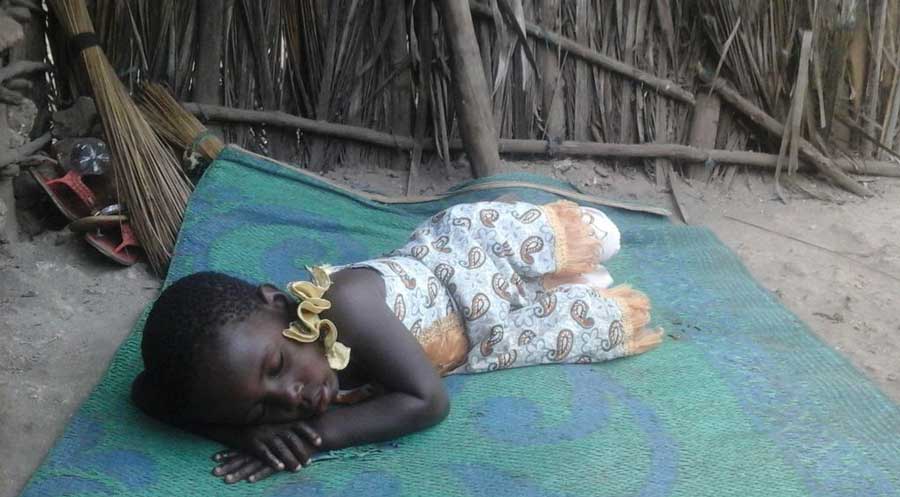On World Malaria Day this year, the “World Health Organization (WHO) is calling on countries and their development partners to urgently improve access to life-saving prevention tools.” One of the most effective tools in malaria prevention is the insecticide-treated net (ITN). Use of ITNs has been shown to reduce malaria incidence rates by 50% in a range of settings, and to reduce malaria mortality rates by 55% in children aged under 5 years in sub-Saharan Africa. Despite this reduction, malaria persists, with the largest burden in sub-Saharan Africa. ITNs are primarily designed to protect people indoors while they sleep by providing a physical barrier of protection and by killing mosquitoes that land on them. In some settings, mosquito behavior—like increased outdoor mosquito biting and biting early in the evening—means that people may still be exposed to malaria when they are not protected by an ITN. This transmission, which persists even where access to effective vector control methods like ITNs is high, is sometimes referred to as residual malaria transmission; it represents a critical challenge for eliminating malaria.
The Johns Hopkins Center for Communication Programs-led VectorWorks project has teamed up with Ifakara Health Institute (IHI) to study residual malaria transmission in Zanzibar. The islands provide a good case study for residual malaria transmission: with malaria prevalence at less than 1%, thanks to interventions like ITNs, Zanzibar can realistically work toward elimination. Collaborating with the Zanzibar Malaria Elimination Program, VectorWorks is combining research on mosquito and human behavior to better understand what factors are contributing to the remaining transmission in the six sites in Zanzibar with the highest incidence of malaria.
To record information on human behavior, VectorWorks is using direct observation of people’s activities throughout the night. In addition, the researchers are conducting in-depth interviews with household members and community leaders that provide a rich understanding of evening and nighttime activities, sleeping patterns, and current malaria prevention practices. In addition to the human behavior data, VectorWorks is collecting hourly indoor and outdoor mosquito biting information to develop a more complete picture of risk. Fieldwork is done in both dry and rainy seasons to collect information on how human and mosquito behavior changes across seasons.
This study will help answer specific questions: During what time of night and under what conditions are people in pre-elimination settings exposed to malaria? What other prevention tools may be appropriate? Studies like this are important to understanding how to prevent the last pockets of malaria transmission, and to ensure that settings with low malaria prevalence can eliminate malaria for good.
Reposted with permission from VectorWorks. VectorWorks is a five-year (2014-19) Johns Hopkins Center for Communication Programs-led global project to increase access to and use of insecticide-treated mosquito nets (ITNs) and other proven vector control interventions for malaria prevention. The project is funded by the President’s Malaria Initiative (PMI) under a USAID cooperative agreement.





